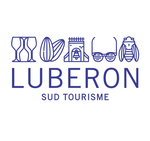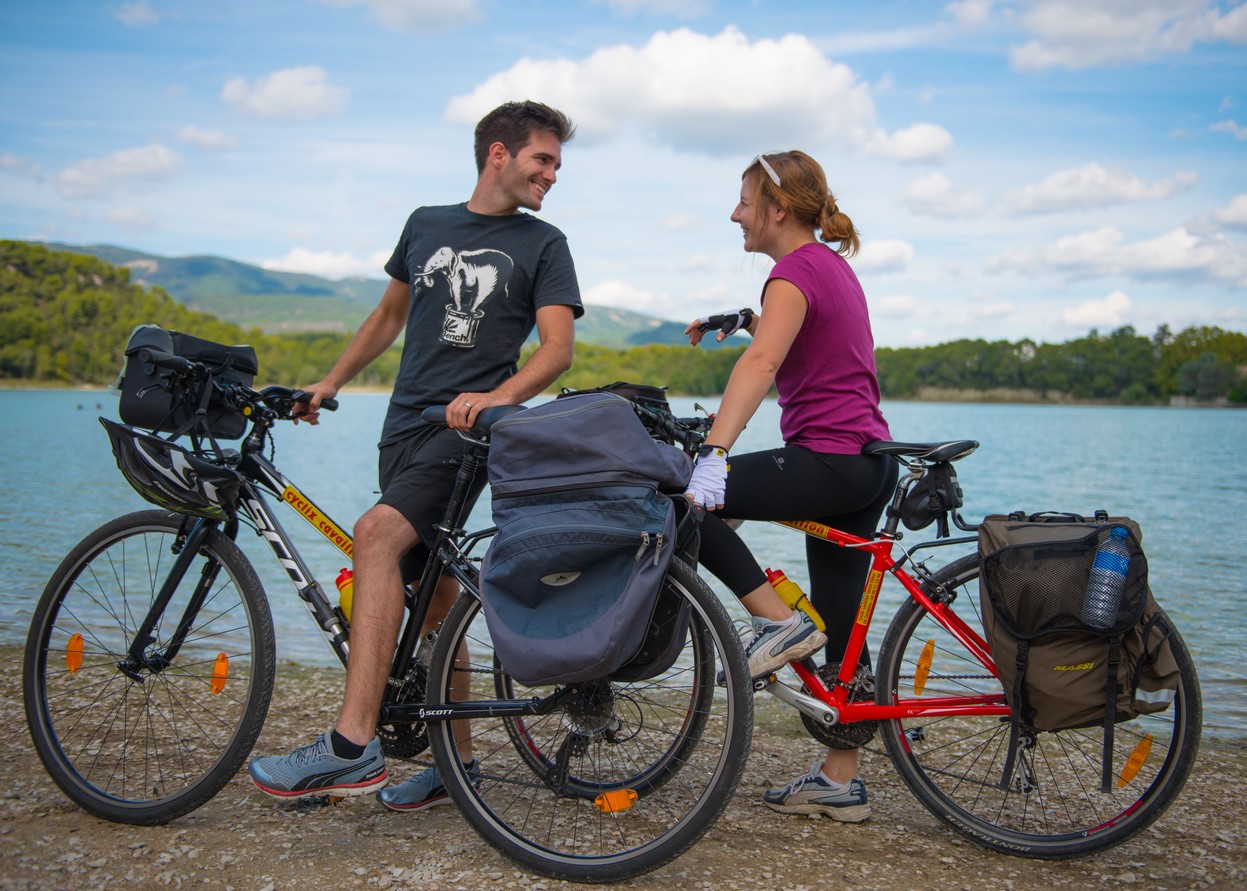
By bike, between local produce and olives
"Man has developed many cultures on the lands of the Luberon with its geological properties; vines, fruits, vegetables. Pays d'Aigues benefits of irrigation provided by the Canal de Provence and the rich alluvial lands of the plain. The Luberon is a renowned land in several agricultural sectors and the AOC, AOP and IGP labels (European quality certifications), were accredited to this land in the 1980s." says Nathalie Charles - Market researcher for the promotion of agricultural products at the Luberon RNP.
17 points of interest
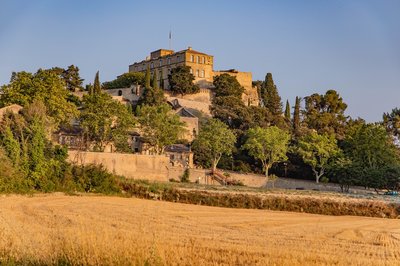
Château et village d'Ansouis - ©Alain Hocquel - VPA  Patrimony and history
Patrimony and historyAnsouis, a hilltop village
The village developed from the 10th century around the castle and the church (11th century) located at the top of a hillock. Positioned at a strategic intersection of old roads, Ansouis was the administrative and trading centre of a barony consisting of Cucuron, Sannes and Motte d'Aigues. Less influential (crisis of the 18th century), less populated (rural exodus of the19th century), the village has kept its dense urban form of the 16th century making it its charm and a rare and precious proof.
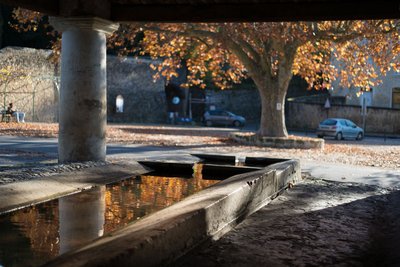
Lavoir d'Ansouis - ©Commune d'Ansouis  Patrimony and history
Patrimony and historyThe washhouse of Ansouis
Typical with two basins - one for washing and a second one for rinsing with the arrival of water, that had to be very clean. The clothes were soaked in the water by the women, then scrubbed with "soap of Marseille" known to be one of the best detergents, then it was roughly struck several times to the “battoir” to evacuate the dirt and the soap. Rinsing required twisting and bending the laundry before draining. Some women made it their profession: The washerwomen.
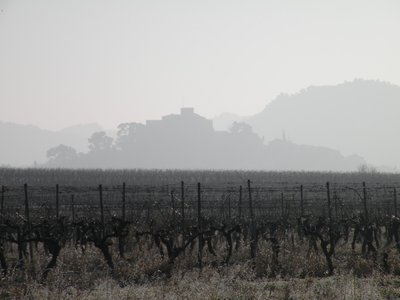
En hiver... - ©Françoise Delville - PNR Luberon  Flora
FloraThe cycle of the vine
In winter, the vine enters a sleep-like state. In spring, vegetative buds begin to develop – this is the period of growth for branches and leaves. In July, the leaves continue to grow and the flowers give grapes. In August, green grapes grow and mature, they turn either red or yellow. In the fall, grapes are harvested during the grape harvesting. Late in the season, the leaves will turn red, dry and fall.

Sur la bonne route... - ©Eric Garnier - PNR Luberon  Produits du terroir
Produits du terroirAOC Luberon, recognised know-how
The AOC Luberon, created in 1988, is the result of recognized and proven know-how which is between very ancient traditions, carefully passed down from generation to generation, and the latest advances in technology and oenology. The appellation produces the three colors of wine: red, pink and white. All the AOC is nestled in the heart of the Luberon Regional Park and represents 3,220ha, and produces about 20 million bottles per year.

Étang de la Bonde - ©Aline Salvaudon - PNR Luberon  Water and rivers
Water and riversEtang de la Bonde
The pond was created in the 15th century by Lord Fouquet d'Agoult, Baron of Sault, who decided to create a water reserve for the castle of La Tour d'Aigues, and then has an aqueduct made. The lake thus formed was for a long time the supply point for an irrigation network that supplied the valley of Aigues, contributing to the expansion of agriculture and the growth of the territory. Today, the pond is still used for irrigation and is a popular place for swimming.
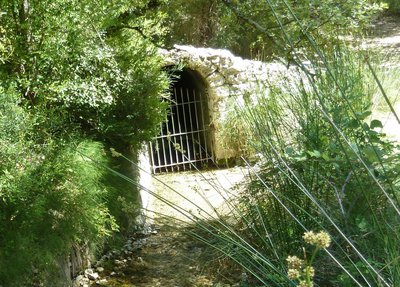
La source du Mirail - ©Aline Salvaudon - PNR Luberon  Water and rivers
Water and riversThe source of Mirail
Use of the source of Mirail, upstream of the Motte-d'Aigues, dates back to the Middle Ages. Its unexpected presence in the middle of arid land has been the subject of rivalry and lust amongst the riparians of the Aigues. Source of drinking water, it quenches many small streams, direct tributaries on the right bank of the Durance, like Eze. Today it mostly feeds into the pond Bonde and therefore is used for irrigation by the network of the Canal of Provence Company.

Paysage du Pays d'Aigues - ©Françoise Delville - PNR Luberon  Panorama
PanoramaLife is sweet in the shade of plane trees ...
Aigues rests on the Luberon to the north and opens up onto the Durance valley to the south. This landscape with a gently rolling basin is energized by the alternating forests and vineyards. The villages of Aigues are located away from flood-prone areas, mostly on cliffs or hills and facing south. The valley, rich in building heritage (farmhouses, domains), highlighted by remarkable trees, is under increasing pressure from the living area of Aix en Provence.

Vignoble du sud Luberon - ©Eric Garnier - PNR Luberon  Produits du terroir
Produits du terroir2,000 years of history of grapevines
Contrary to popular belief, grape growing began here in the ancient times! Greek settlers brought the first vine stocks, but the Romans, great wine lovers, really developed viticulture in the Luberon and the Pays d’Aigues. In the Middle Ages, the members of the church among which great monasteries and Avignon popes were involved in promoting the work of the vine. The Luberon gained recognition in the 20th century as a quality local area for wine production.

Marché Paysan du Luberon - ©Hervé Vincent  Produits du terroir
Produits du terroirThe Farmer Markets
For lovers of Provençal flavors: on this great place, the brand "Marché Paysan" has been deposited by the Luberon Regional Nature Park. The goat cheeses are local productions, the fruits and vegetables are from the field "next door" and the honey has just been harvested. In these exhilarating markets, merchants are exclusively producers of the Park selling their own products (St-Martin-de-la-Brasque market on Sundays from May to October).
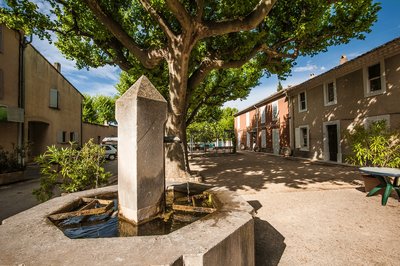
Saint-Martin-de-la-Brasque - ©JP-Villegas - Luberon Sud Tourisme  Patrimony and history
Patrimony and historySaint-Martin-de-la-Brasque
The village was built in 1506, and like Peypin-d'Aigues, it originated from an agreement between the lords and about fifteen Vaudoise families who agreed to come and repopulate fallow lands. The two villages complement each other: Peypin having a surplus of forests, and Saint-Martin of cultivable lands. During the persecutions of 1545, the village was looted and burned. St. Martin was one of the towns mentioned in the Edict of Merindol of May 20, 1545: It was enough to be a native of it to be sent to the galleys.

Temple protestant de la Motte-d'Aigues - ©Susanne Kuhn - OTI Luberon Sud Tourisme  Patrimony and history
Patrimony and historyMotte-d'Aigues, a Vaudois village
The village, emptied of its inhabitants by the Hundred Years' War, tried to repopulate during the second part of the 15th century. ; At the beginning of the 16th century, some Vaudois of the Italian Piedmont settled there. In 1513, the village repopulated so well that some of the inhabitants moved to La Roque d'Anthéron. A bard denounced the Vaudoise families of La Motte in 1543 and in April 1545, La Motte was part of the 24 villages looted and burned by the troops of Polin de la Garde, applying the Edict of Merindol.

Vertes ou noires ? Même fruit, maturité différente - ©Eric Garnier - PNR Luberon  Produits du terroir
Produits du terroirgreen or black olives?
Exactly the same species, it only depends on the stage of maturation at harvest! The green olive is harvested between October and November, while the black olive from December to February. Green olives produce an oil with herbaceous flavors when winter arrives, black olives produce an oil with more subtle flavors and savor closer to dried fruit. In the Vaucluse, harvest takes place from late October to late December to avoid frost altering the quality of the olives.
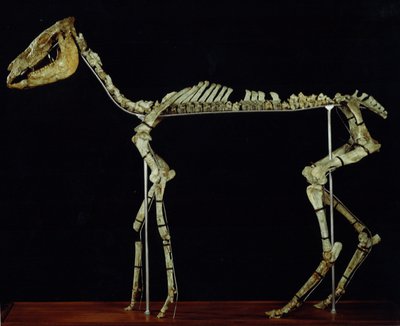
Squelette monté d'Hipparion prostylum - ©Noël Podevigne - Université Lyon 1  Geology
GeologyThe deposit of Aumane
This paleontological deposit is a major geological site which is recognized at international level. Geologists have discovered fossils typical of African wildlife: gazelles, elephants, saber-toothed tigers and especially Hipparion, a distant cousin of the horse! A new species, having identified the creation of a new geological period: Tortonian. This period is the penultimate subdivision of Miocene: a savannah stretched at the foot of Luberon 7 million years ago!
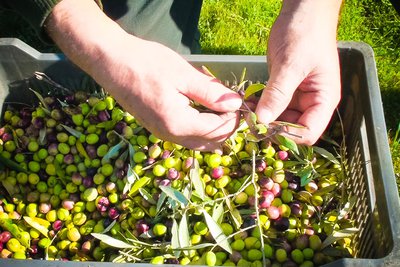
Cueillette d'olives ou olivade - ©PNR Luberon  Flora
FloraThe cycle of the olive tree
From December to January, it is dormant. In late February, vegetation grows. In May-June, the olive tree is covered with white flowers, some of which will give fruit: The olive. In June, the stone begins to harden, the olives grow and become green. From mid-October, the olives begin to mature and have a purple color, the "rotating" olives. From late October to December, the olives have an evenly color ranging from violet to black, corresponding to their complete maturation.
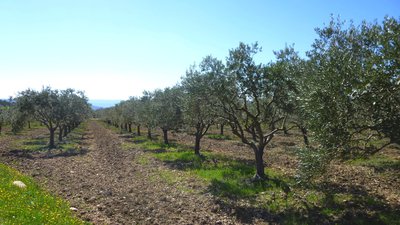
Oliveraie cucuronnaise - ©Séverine Besson - OTI Luberon Sud Tourisme  Patrimony and history
Patrimony and history"Cucuron-les-Olivettes"
In the 18th century, olive trees were one of the treasures of Cucuron. In the 50s, this mocking nickname attests the importance of this production. In 1598, Land Registry mentioned 8 mills. Several severe winters (1709, 1768 and 1956) destroyed the olive groves. Over the recent decades, the gastronomic and diet passion for olive oil has encouraged farmers to plant new olive groves. Today Cucuron has 2 very active oil mills.
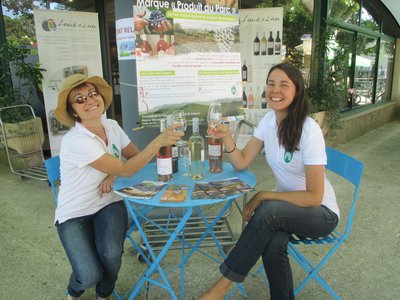
Petite dégustation ! - ©Eric Garnier - PNR Luberon  Produits du terroir
Produits du terroirCave Cooperative Louérion
In 1925, winemakers decided to gather in cooperatives to work together. After several mergers, the cellars of Lourmarin, Cadenet, Lauris and Cucuron created Louérion (name given to the Luberon by the Romans) in 2009. Today the cooperative extends over 950ha of vineyards in 15 towns of Luberon. The cooperative has 150 co-operators who produce about 47,000hl for different names. Some wines are produced in accordance with the specifications of Agriconfiance quality system.

Huile d'olive - ©DR  Produits du terroir
Produits du terroirOlive oil, a Mediterranean symbol
Imported in Provence by the Phoenicians, who founded Marseille 600 BC, the olive tree spread during the Roman era in the south of France. The olive harvest takes place from October to February. Depending on the variety, it usually takes 5 to 7kg of olives for a litre of oil. Olive oil is emblematic of the Mediterranean diet and is found in many typical dishes such as Tapenade (a traditional Provençal olive spread). In the Luberon, several mills will offer their olive oils, each with its own personality.
Description
With your back to the tourist office, go left on the small road of the Grand Pibaraud area (follow the markings "Le Pays d'Aigues à vélo"). Turn right at the Y-shaped junction and 370m / 400yd further, turn right on Chemin de l'Abouaud Brinde. Come out further on the D37.
1- Take the D37 to the left, towards l'Etang de la Bonde Turn left (D9) and then right (D27). Pass the entrance of the pond and 500m / 546yd further, turn right (D37). Turn left and continue on Chemins des Escabots and continue to the right (D120).
2- Turn left (D165) to reach Saint-Martin-de-la-Brasque. At the Y turn left. At the entrance of the village, cross the alley of plane trees on the right. Turn left on the course of Mont Libre and come out on the D27.
3- Take the D27 to the left until Motte-d'Aigues (follow the markings "Autour du Luberon à vélo"). Go through the village and go to the stadium. Turn right and head towards Cabrières-d'Aigues (D120). Continue straight at the intersection, pass a large curve then head down the roundabout located at the entrance of Cabrières d'Aigues.
4- Continue straight, then take a right onto the Rue du Temple and go through the village. Take the D189 until Cucuron. At the roundabout, take a quick left and then immediately right to get to the town center.
5- At the corner of the Louérion winery, turn left (follow the markings "Le Pays d'Aigues à vélo"). Go down the street from the cemetery and go straight to the roundabout. At the stop sign, turn left (D27), then right towards Ansouis. 250m further, take the Chemin de l'Agrie to the right. Turn left on Chemin de Saint-Estève. At the place called Long Bosquet, weave through the two houses to the left and go down the small road.
6- Turn right onto the Chemin du Praderet and head to the D37. At the stop sign, turn left and reach the tourist office at the foot of the Ansouis village.
- Departure : Tourist Office, Place de la Vieille Fontaine, Ansouis
- Arrival : Ansouis
- Towns crossed : Ansouis, Sannes, La Motte-d'Aigues, Saint-Martin-de-la-Brasque, Cabrières-d'Aigues, and Cucuron
Forecast
Altimetric profile
Recommandations
This route follows streets opened to public traffic; so under all circumstances, it is therefore essential to respect the highway code. Wearing a helmet is highly recommended, for children as well as for adults!
Information desks
House of the Luberon Regional Nature Park
60, place Jean Jaurès, 84400 Apt
In the heart the old town centre of Apt, the House of the Luberon Regional Nature Park welcomes you in a town house of the 18th century. The permanent exhibition of the geology museum has a rich collection of fossils evidencing the geological history of the Luberon.
On sale at the shop: books, maps, guidebooks, games, posters...
Open Monday to Friday from 8:30 am to 12:00 pm and from 1:30 pm to 6 pm (and on Saturday, depending on the program). Free admission.
OTI Luberon Sud Tourisme
Le Château - BP 16, 84240 La Tour d'Aigues
Access and parking
At 8km North of Pertuis, through the D56 and the D37.
Parking :
Access
- Emergency number :
- 114
Source
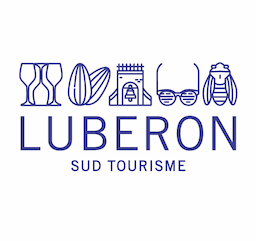

Report a problem or an error
If you have found an error on this page or if you have noticed any problems during your hike, please report them to us here:


